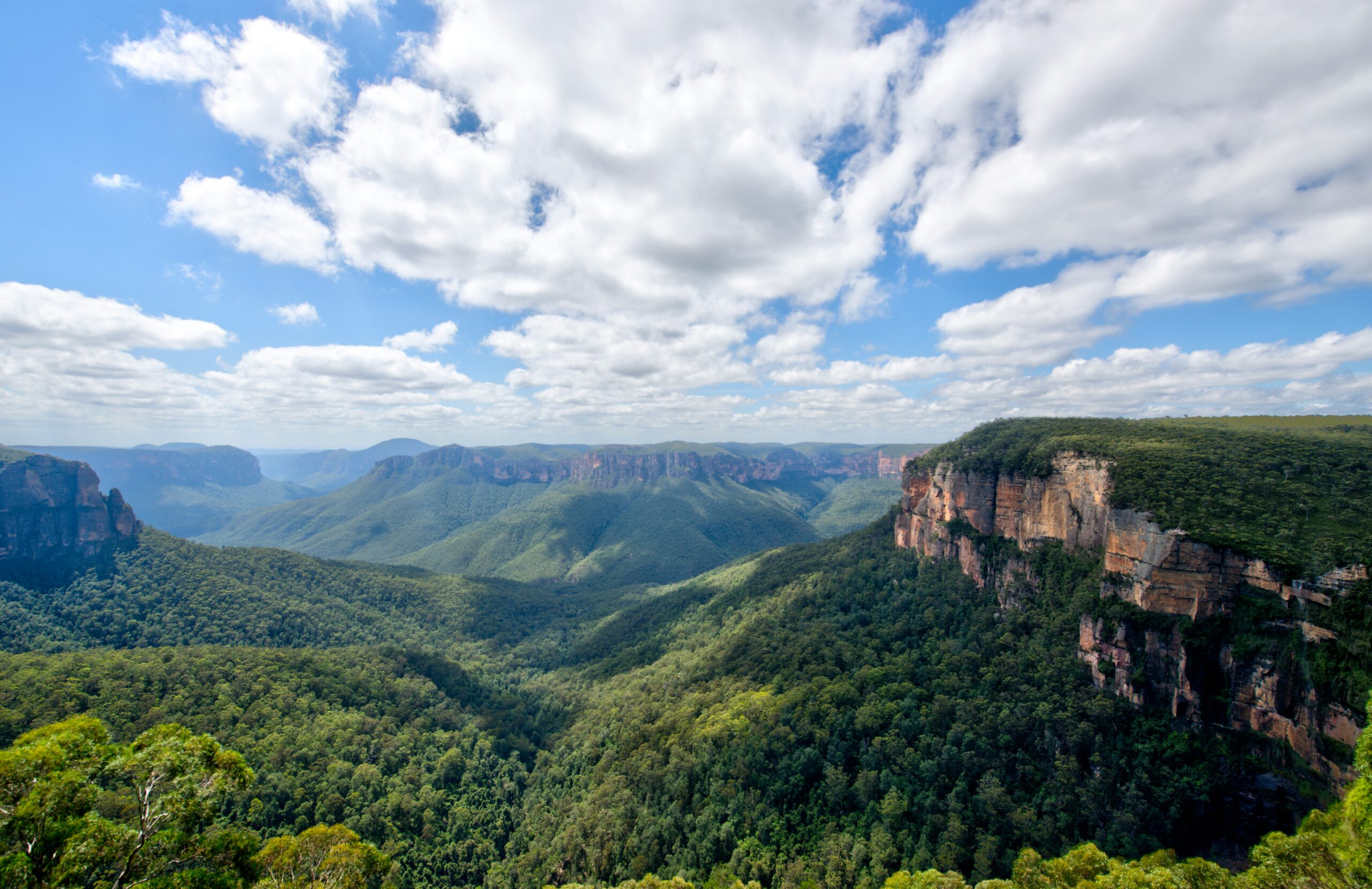Pormpuraaw Arts and Culture Centre: Damaged Goods: why you should insure your artworks


Pormpuraaw Arts and Culture Centre (PACC) is an Indigenous arts centre in Pormpuraaw, a remote community between Karumba and Weipa on Cape York in far-north Queensland. The artists at the centre work across a range of mediums including wood carving, traditional weaving, lino-cut printing, etching, painting and ghost net weaving. Ghost net weavers collect old fishing nets that wash ashore and use them to create incredible sculptures and artworks.
For NAIDOC week in 2016, the Department of Foreign Affairs and Trade arranged for a collection of ghost net sculptures to be displayed at the DFAT headquarters in Canberra.
While the sculptures were being returned to Pormpuraaw, three of the works were destroyed by the removalists who had been sub-contracted to transport the goods. The removalist’s insurer only offered a small amount of compensation which in no way represented the true value of the works. The removalist’s insurance contract did not specify the value of the sculptures. PACC managed to negotiate a slightly better offer, but this was still not enough to cover the loss.
Paul Jakuboswki, the manager of PACC contacted Arts Law to seek a review of the contracts between PACC, DFAT and the removalists. Paul wanted advice about the insurance policy and PACC’s rights.
One of Arts Law’s pro bono lawyers with an expertise in insurance law and litigation drafted an email for PACC to send to the insurer. This amazing service by the lawyer went above and beyond what we expect of our pro bono lawyers!
Ultimately, the insurer refused to negotiate with PACC unless PACC had a private lawyer. In the meantime, DFAT had given PACC an ex gratia payment to cover part of the loss. PACC weighed up the pros and cons of time-consuming and expensive legal proceedings and decided to accept the insurer’s offer.
The loss and stress experienced by PACC in this situation is concerning. The insurer’s approach reflects a lack of understanding of the value of Indigenous artworks and cultural property. The insurer’s valuation was done by an expert in ‘fine art’ who only considered photos of the damaged artworks to assess their value. The insurer also refused to have a valuation done by an expert in ‘ghost net’ arts.
Pormpurraw’s experience has a number of lessons for other artists exhibiting their work. These lessons are:
- Always insure your artworks and check that your insurance policy covers everything – during transit, installation, exhibition and removal!
- Always check that your insurance policy reflects the true value of the artworks
- Seek legal advice if you’re unsure what the contract means before you sign it
- Use Arts Law’s document review service to review any contracts or insurance policies to ensure that they protect you and your art
- You might also want to consider registering your artworks with the Personal Property Securities Register when providing artworks on consignment – for more information on the Personal Property Securities Act and Register see the link below.
Further resources you might find useful:
- Arts Law Info Sheets: Contracts: an introduction, Contracts: getting it right, Liability and insurance
- Arts Law Article: Personal Property Securities Act
- Arts Law Book: The Arts insurance handbook



